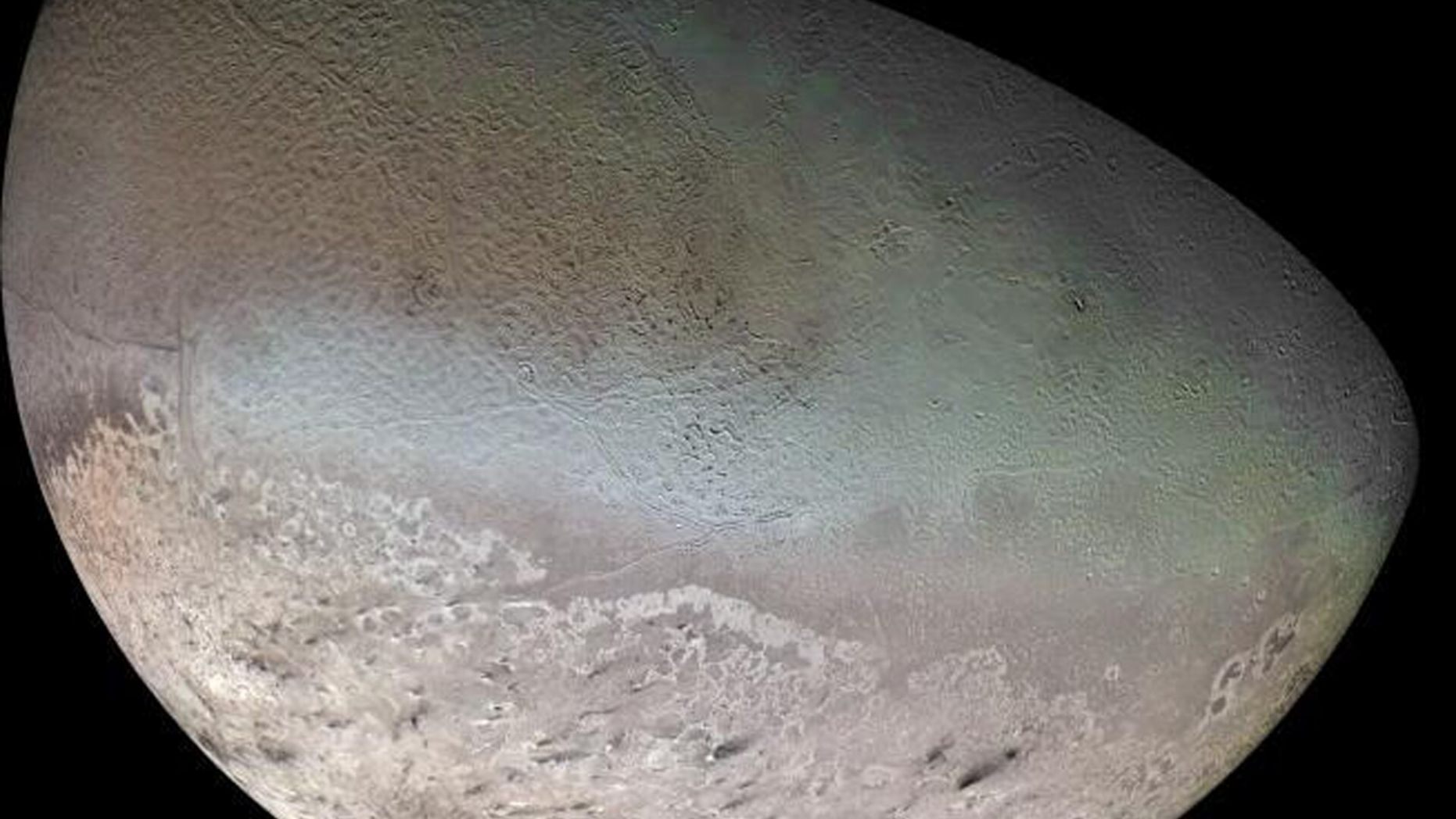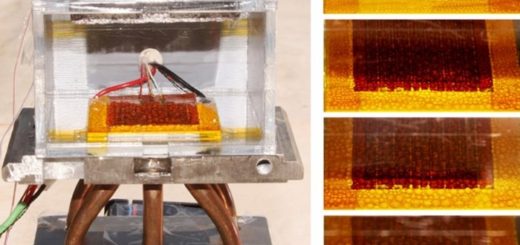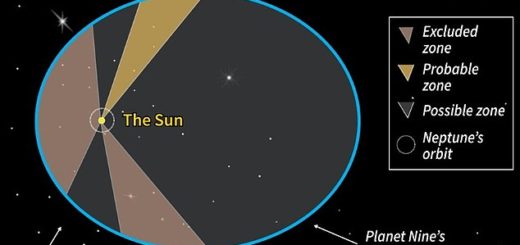NASA wants to explore Neptune’s moon Triton, which could have an ocean supporting life

NASA has proposed a mission to explore Neptune’s mysterious and “weird” moon Triton, the coldest known object in the solar system.
In a statement posted to its website, the space agency said the mission, known as Trident, will have a “three-pronged” approach. The mission will observe the celestial satellite to understand the cause of the mysterious plumes emanating from its surface, further explore the moon, which was only 40 percent observed by Voyager 2, and “understand how that mysterious surface keeps renewing itself.”
“Triton is weird, but yet relevantly weird, because of the science we can do there,” said Karl Mitchell, Trident project scientist at JPL, in a statement. “We know the surface has all these features we’ve never seen before, which motivates us to want to know ‘How does this world work?’
“As we said to NASA in our mission proposal, Triton isn’t just a key to solar system science — it’s a whole keyring: a captured Kuiper Belt object that evolved, a potential ocean world with active plumes, an energetic ionosphere and a young, unique surface,” Mitchell added.
Four missions are being currently studied with a potential launch date in October 2025 to take advantage of the once-in-13-year window that has the Earth properly aligned with Jupiter. The craft would use Jupiter’s gravitational pull to send it to Triton for a 13-day mission in 2038.
“The mission designers and navigators are so good at this,” said JPL’s William Frazier, project systems engineer of Trident. “After 13 years of flying through the solar system, we can confidently skim the upper edge of Triton’s atmosphere — which is pretty mind-boggling.”
Triton has several oddities compared with other celestial objects, including orbiting in the opposite direction, lying at an extreme tilt and the fact it likely moved from the Kuiper Belt.
It also has a constantly evolving climate and a bizarre atmosphere. Its ionosphere is 10 times more active than other moons in the solar system, a trait NASA describes as “especially strange” because ionospheres are charged by solar particles.
By studying and observing Triton’s “weird” behavior, it could give researchers new insight into objects in the Kuiper Belt, as well as a better understanding of the solar system.
“Triton has always been one of the most exciting and intriguing bodies in the solar system,” said Louise Prockter, director of the Lunar and Planetary Institute/Universities Space Research Association in Houston. “I’ve always loved the Voyager 2 images and their tantalizing glimpses of this bizarre, crazy moon that no one understands.”
SCIENTISTS BELIEVE THEY DISCOVERED THE ‘SMOKING GUN’ THAT CHANGED URANUS FOREVER
In April 2019, NASA announced that nearly 30 years after it sent a spacecraft to Uranus and Neptune, it’s looking to go back.
One month prior, scientists at NASA JPL proposed a mission that would explore Triton, which some have theorized could have an ocean hiding underneath its surface.
Uranus and Neptune are relatively unexplored, despite the fact that Voyager 2 snapped photos of both planets in 1986 and 1989, respectively.



 Creators of mankind
Creators of mankind Description of “Tall white aliens”
Description of “Tall white aliens” Where they came from?
Where they came from? About hostile civilizations
About hostile civilizations The war for the Earth
The war for the Earth “Tall white aliens” about eternal life
“Tall white aliens” about eternal life Video: “Nordic aliens”
Video: “Nordic aliens” Aliens
Aliens Alien encounters
Alien encounters The aliens base
The aliens base UFO
UFO Technology UFO
Technology UFO Underground civilization
Underground civilization Ancient alien artifacts
Ancient alien artifacts Military and UFO
Military and UFO Mysteries and hypotheses
Mysteries and hypotheses Scientific facts
Scientific facts


















